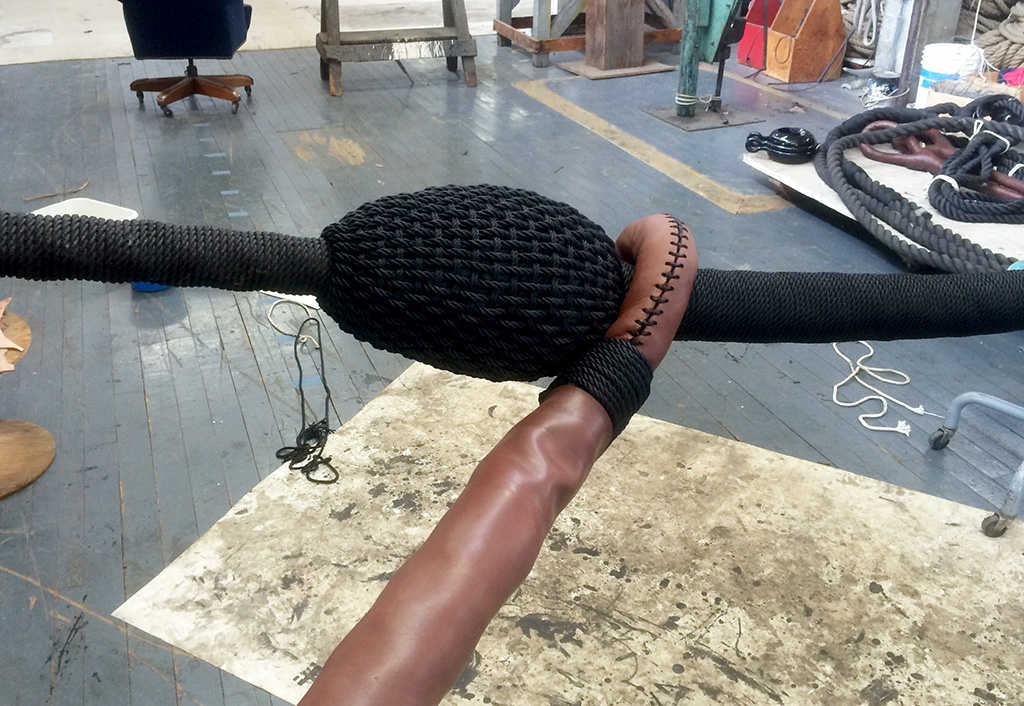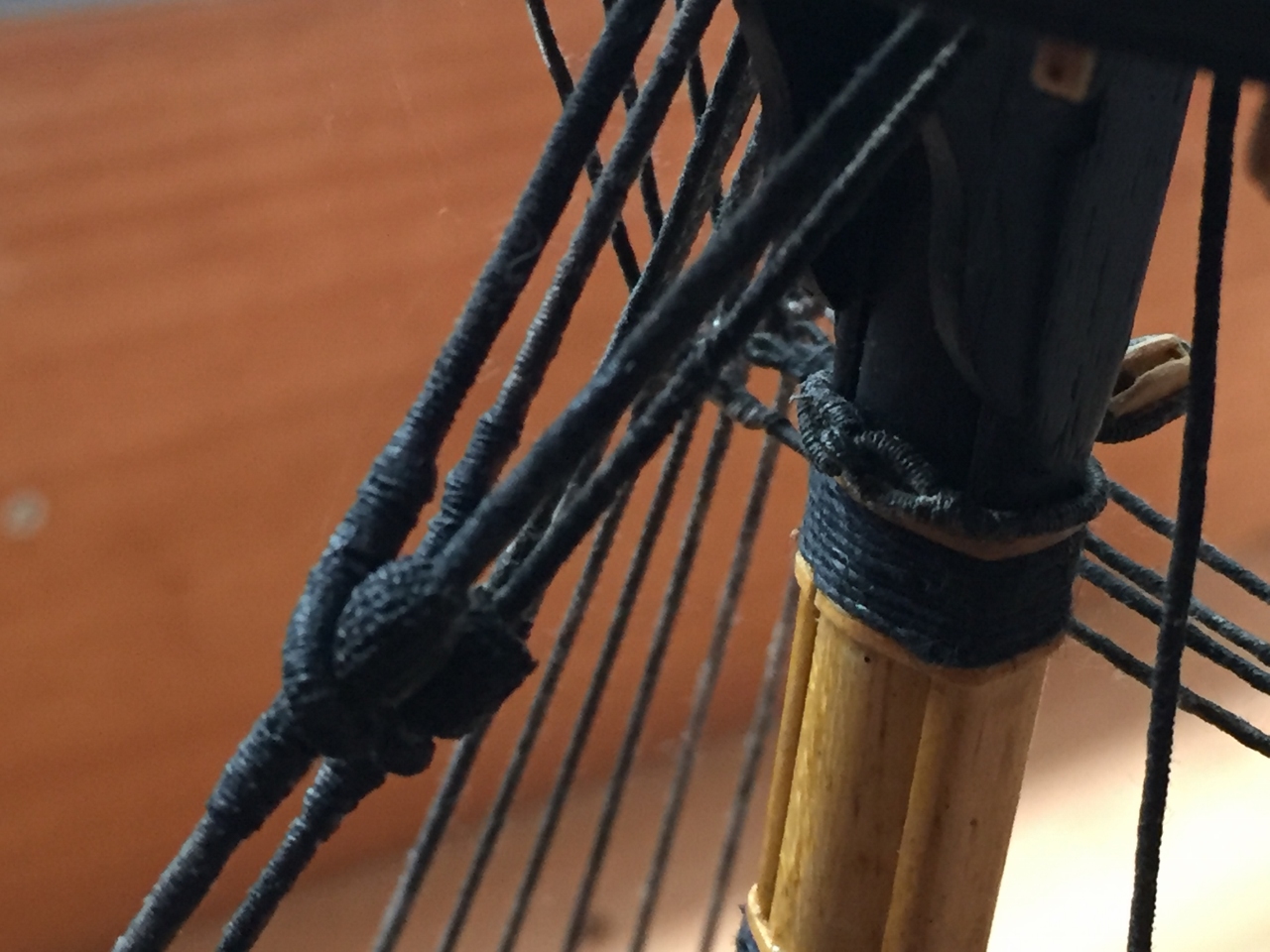- Joined
- Mar 9, 2019
- Messages
- 14
- Points
- 88

Anyone know any simple way to make the "mouses" '?
Tranks in advance
Tranks in advance
 |
As a way to introduce our brass coins to the community, we will raffle off a free coin during the month of August. Follow link ABOVE for instructions for entering. |
 |
 |
The beloved Ships in Scale Magazine is back and charting a new course for 2026! Discover new skills, new techniques, and new inspirations in every issue. NOTE THAT OUR FIRST ISSUE WILL BE JAN/FEB 2026 |
 |





 modelshipworld.com
modelshipworld.com
Well I wouldn’t say it was simple, but here’s how I made mine:Anyone know any simple way to make the "mouses" '?
Tranks in advance

Hello Bob. Baggy wrinkles are to prevent the rigging chafing on the sail. Knotted string like a floor mop. We also call the 'stopper' a mouse. Darcy Lever. "The pointing of the mouse is sometimes continued for a little distance down the stay, for neatness; but in this case, a piece of parcelling should be placed just below the Mouse, that the Knittles may not be chafed by the eye". So now we know???Thanks - The nearest British equivalent is Baggwrinkle, but not all that much of it used in the type of sailing ships that interest me! never heard it called mouses, but have recollections of mousing a line.
Bob

At the scale you build a mouse would be invisible LolThanks. Sounds like something common to ancient ships, as I have never come across it with late 19th century iron and steel square riggers. Never heard of knittles either.
Bob


I have seen images with them on square sails, all merchantmen. Though I spend a vast amount of time searching (Artwork!)That is true, but I don't think they even used them in big iron and steel ships. I have looked in all my reference books, and not seen them mentioned anywhere! A different era!

Haven't looked for those yet. I might have an old maritime encyclopaedia?Thanks. Sounds like something common to ancient ships, as I have never come across it with late 19th century iron and steel square riggers. Never heard of knittles either.
Bob


Hallo @luiscortelezziAnyone know any simple way to make the "mouses" '?
Tranks in advance

Hallo @luiscortelezziAnyone know any simple way to make the "mouses" '?
Tranks in advance

That was pure genius.Here a link to MSW

Novel Way of Making a Stay Mouse
Hi everyoneI stumbled apon this when trying to think of a way to make the mouse on the mast stays look realistic without having to weave the cover to get that knittled look. Here is a photo of the actual mouse for the Endeavour replica vesselI am using rope from Syren Model Ship Co for the stay, ...modelshipworld.com
